
Read or listen offline
Recommendation
What is the euro’s fate? Will the Canadian or Australian dollars, or even the Chinese renminbi, replace the euro and the US dollar as the world’s leading currencies? Most likely not, according to this annual state-of-the-euro report issued by the European Central Bank (ECB). Using statistics from the Bank of International Settlements, the International Monetary Fund and elsewhere, the ECB analyzed global currency flows in 2012. It found that little has changed in recent years and that the global market share of specific currencies has remained largely stable, though some are beginning to show merit as internationally viable currencies. This chart-packed analysis proves a relatively clear, easy read. The only thing missing, perhaps, is a critical examination of alternative views from non-ECB economists. Nonetheless, getAbstract recommends this data-rich report to corporate leaders, economists and government officials dealing with currency-related issues.
Summary
About the Author
The European Central Bank runs the monetary policy of the 17 member nations that constitute the euro zone, one of the world’s largest single-currency regions.










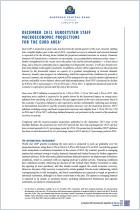
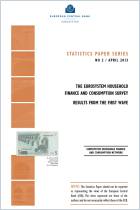

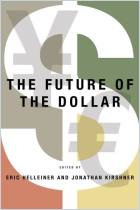
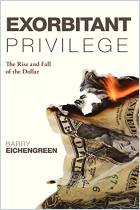
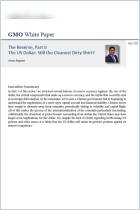

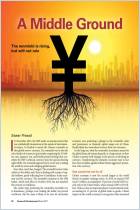



Comment on this summary or Démarrer une discussion